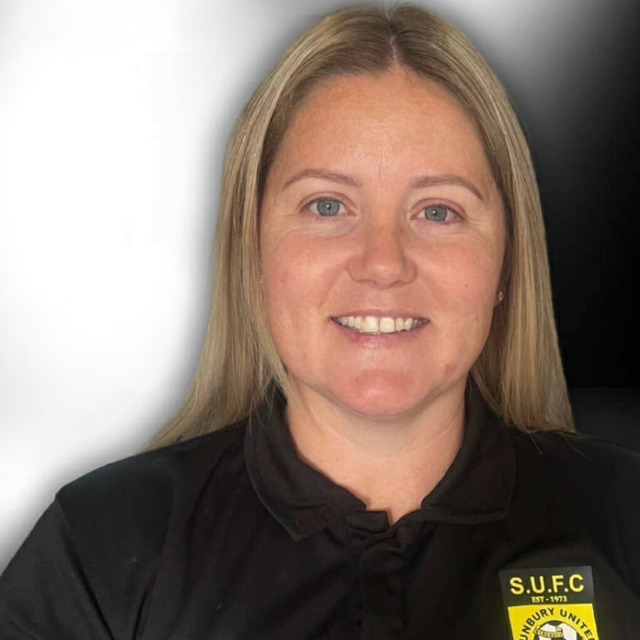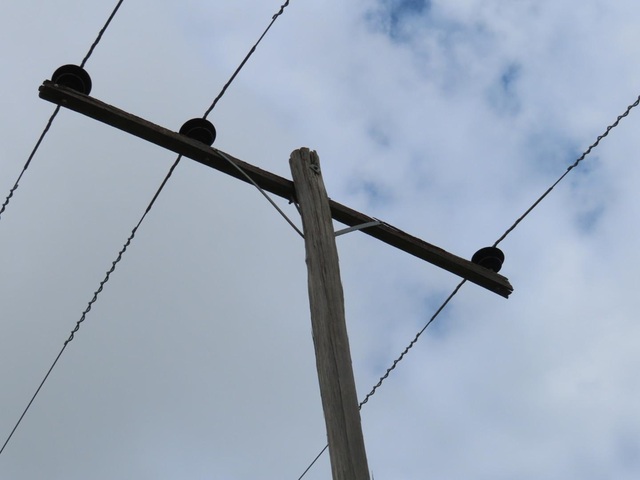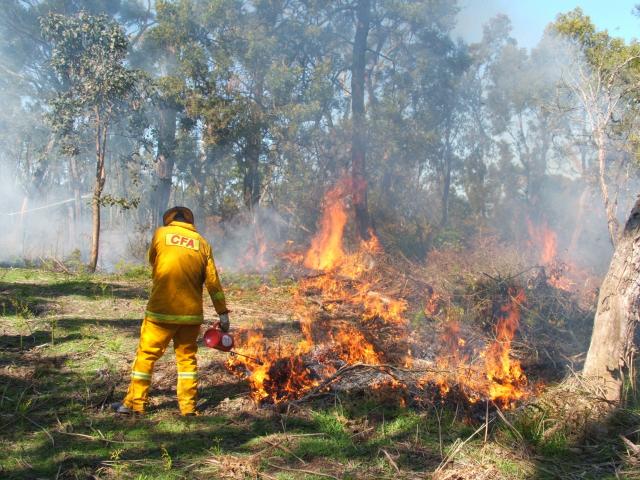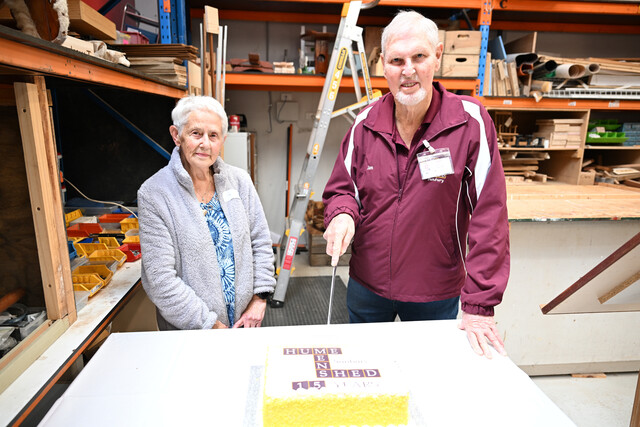With 20 years’ experience as a careers counsellor in government, independent and Catholic secondary schools in Melbourne’s west, Denise Jackson – one of four careers educators at Victoria University’s St Albans campus – has a lot of knowledge to share.
“I counsel students and work within the curriculum running lectures on careers,” she says. “Several tertiary options are available to secondary school students, including higher education, TAFE and private providers of both.” She said it was important that students have a plan A, B and C and work towards them, at the same time ensuring the plans require different levels of academic ability.
“Students should be flexible and open to change. I encourage them to choose subjects they are interested in and competent at because they’re not likely to do well if they don’t like the subject or aren’t able to understand it.
Then students can look for careers that contain the subjects they enjoy and are good at.”
The educator recommends students ask these questions to tertiary providers:
■ How is your course different from similar ones at other institutions?
■ What careers do graduates of this course work in?
■ What percentage of graduates from this course gain entry into the associated area?
■ Will I need to complete further study after this course to gain employment?
■ If I don’t get into this course straight out of secondary school what is the best pathway?
Students can visit educational institutions’ websites for information on their courses. Or, for general information about tertiary options, check out the following websites:
Victorian Tertiary Admissions Centre: www.vtac.edu.au
Course finder: www.hobsonscoursefinder.com.au/career/search
Australian apprenticeships: www.aapathways.com.au
TAFE skills guide: www.education.vic.gov.au/victorianskillsgateway
Rebecca Miller







